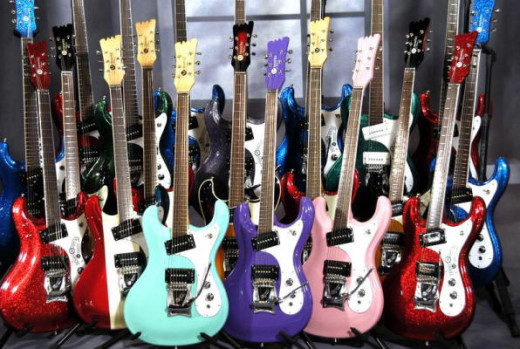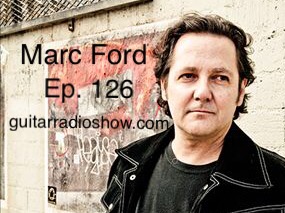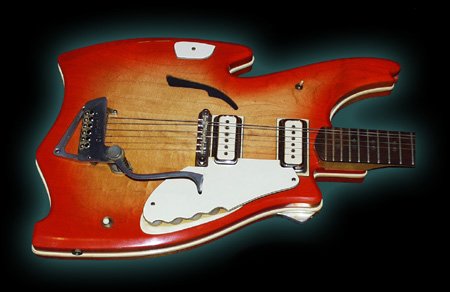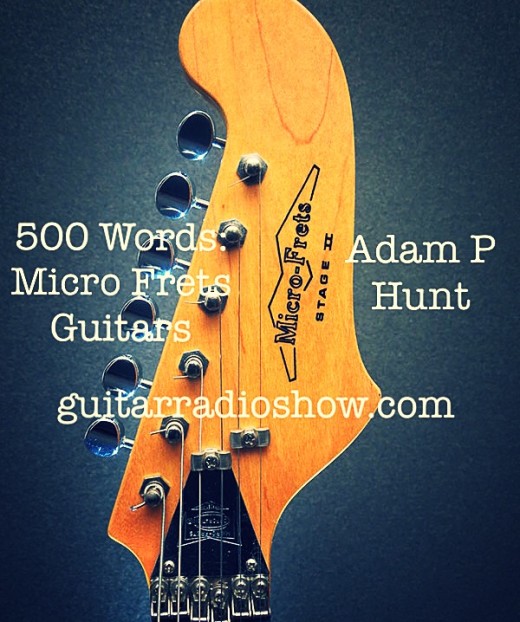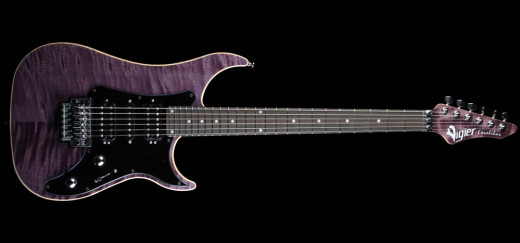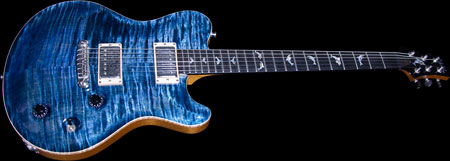For more- http://www.vanhoosevintage.com
Category: news
-
02Jun2016
- share:
Mosrite Guitars- 500 Words with Adam P Hunt
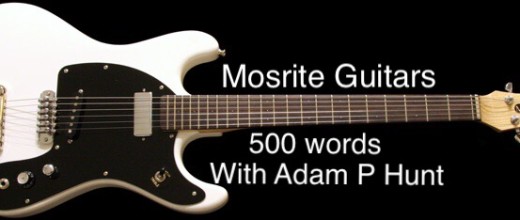
500 Words Mosrite Guitars
Quirky.
Kooky.
And simply weird Mosrite guitars are a thread that unifies country, surf, garage rock, psychedilic and punk.
Guitarists as diverse as Joe Maphis, Tommy Bolin, Jimi Hendrix and Nokie Edwards all used one.
As a young man Bakersfield resident Semi Moseley started playing in an evangelical group and that love of the guitar would lead him to a career as a guitar maker. Moseley initially started working at Rickenbacker under the tutelage of Roger Rossmeisl and would later work with another early electric guitar pioneer Paul Bigsby.
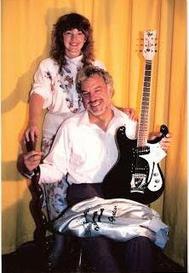
With a $20 loan from a friend, Raymond Boatright, Semi Moseley started making his own guitars. If you hadn’t guessed by now the name “Mosrite” is combination between both Boatright and Moseley’s last names.
While that knowledge may not score you any points with chicks it may help you get a free drink at a bar.
During Mosrite’s early days both Boatright and Moseley approached guitar wiz Joe Maphis about making him a guitar. Joe said yes and soon Moseley produced Joe’s famous double neck Mosrite.
The early Mosrites were boutique instruments and cost nearly twice as much as a Stratocaster of the same era.
And as you may have long suspected the original Mark I design is based on a Stratocaster that’s been flipped upside down but that’s where the similarities end.
With the Mark I you can see both Roger Rossmeisl’s influence with how the top is curved and with the “zero fret” and the vibrato system is an updated version of a Paul Bigsby design.
In addition to the changes mentioned the Mark I further differentiates itself from the Stratocaster by including a 3 x 3 headstock design and two P-90 inspired pickups.
Mosrite would continue to produce custom guitars most famously (or perhaps infamously) the flower power surfboard series of guitars for Strawberry Alarm Clock.
(Additional triva; members of Strawberry Alarm Clock would go on to form Lynyrd Skynyrd)
A little later the Mark I was joined by the Mark II which would later become closely associated with Johnny Ramone.
At it’s peak Mosrite had a crew of over 100 and produced 1,000 guitars a month.
But the history of Mosrite is a rocky one with frequent location changes, on and off again production, and even bankruptcy. Perhaps most devastating of all Simie Moseley died in 1992.
Today Mosrite still exists but it’s a matter of debate concerning who exactly owns the rights to produce new Mosrites.
Simile’s daughter, Loretta Moseley, however, still makes Mostrite branded guitars and basses.
For more information please check out http://www.mosrite.us
-
25May2016
- share:
Episode 125- Lance Lopez- Supersonic Blues Machine

Aggressive, Soulful & Vital. Lance Lopez is bringing his unmistakable brand of Blues Rock with Supersonic Blues Machine (Fabrizio Grossi & Kenny Aronoff) and he’s not alone, with a who’s who guest list including: Billy Gibbons, Warren Haynes, Robben Ford, Walter Trout, Chris Duarte & Eric Gales. Plus, a solo live album “Lance Lopez Live in NYC” produced by Paul Nelson (Paul Nelson band/Johnny Winter). Lance joins us for an in depth conversation.
For more on Supersonic Blues Machine- http://supersonicblues.com
For more on Lance- http://www.lancelopeztx.com
-
19May2016
- share:
Micro Frets Guitars- 500 Words with Adam P Hunt
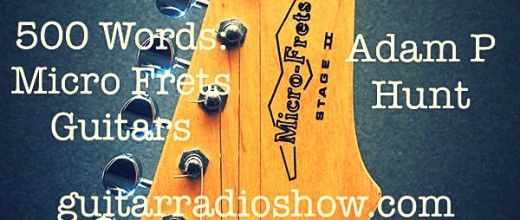
500 Word Micro-Fret Guitars
Quick! Name the guitar company that had Carl Perkins, Mike Rutherford, Mark Farner, and Martin Gore as one of their many fans?
Nope, it’s not Fender, Gibson or even Gretsch .
I’ll give you a couple of hints, the majority of their guitars were semi hollowbody electrics and some even featured a built in wireless system.
You may be forgiven if you said Rickenbacker but it was Micro-Frets.
Who?
You’re forgiven if you hadn’t heard of Micro-Frets because they sank beneath the waves in the Seventies.
Started by Maryland based engineer Ralph S. Jones in the early Sixties Micro-Frets had more to do with Washington state based builder Harvey Thomas than any of the major builders at the time.
Like Harvey Thomas’ designs Ralph Jones’ guitars where both idiosyncratic and forward-looking.
Jones’ guitars used a 52-piece “Micro-Nut” compensated nut that allowed a player to intonate each string at the nut.
While some of Jones’ guitars sported DeArmond pickups quite a number of Micro-Frets also sported pickups by the late Bill Lawrence.
During their heyday Micro-Frets produced mandolins, baritones and basses but they are most closely associated with their unique looking guitars.
Both rockabilly legend Carl Perkins and Depeche Mode’s Martin Gore favored the dual cutaway Spacetone. While difficult to describe the Spacetone looked somewhat like a Gretsch Duo Jet with the paintjob of a Burns Double-Six.
Somewhat more unusual was the Orbiter. Imagine what would happen if you hired Gumby creator Art Clokey to cross Gretsch Billy-Bo Jupiter Thunderbird, and a Rickenbacker 360 then you may get an idea what an Orbiter looked like.
Yeah, funky but in a good way.
Another standout is the Huntington. To say that the Huntington is something like a paring of a BC Rich Seagull that has gone through some radioactive mutations does the guitar a disservice. But there are some guitars that are so amazingly bizarre they are beautiful.
Information concerning Micro-Fret guitars is somewhat spotty but there appears to be an effort during the Seventies by a man named David Sturgill to keep the name going with the short lived Diamond-S model.
In my research I’ve only been able to find one demonstration of a Micro-Fret guitar on YouTube, a Stage II posted by mjm33mjm. Tonally the Stage II seems to have it’s own thing going for it and is somewhere between a Jazzmaster and a Rickenbacker or some sort. The sound is throaty, woody but still has plenty of punch and sparkle. Granted, a Micro-Fret Stage II would probably not the first guitar you would reach for if you were in a Gorgoroth cover band but it wouldn’t be out of place if you were playing early Elvis Costello songs.
More recently, however, a partnership between Will Meadors and Paul Rose has arisen to get Micro-Frets back on their feet again. I have a soft spot for early Sixties oddity guitars so I for one can’t wait to see them up and running again.
For more information check out http://www.guitar-list.com/brands/micro-frets and keep an eye on their Facebook page https://www.facebook.com/Micro-Frets-157147700976396/ for updates.
-
18May2016
- share:
Episode 124- Paul Brown (Brother’s Brown, Larry Carlton) Plus, LA Blues Guitar From Peach
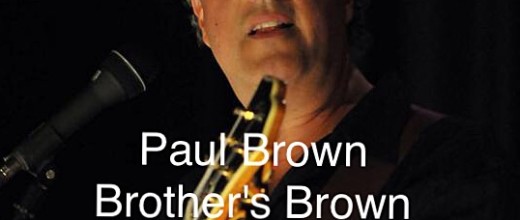
For more on Paul and Brother’s Brown- http://www.paulbrownjazz.com
For more on Peach- http://www.peachmusic.com/live/
-
12May2016
- share:
Tips, Tricks & Licks #3 with Scott Gailor

“The Economy of Practice”
Stop! Stop and take time to practice, sounds simple enough right? Scott Gailor discusses the subject of “Making Time” for you and your playing.
Want more Scott Gailor? http://www.scottgailor.com/new-products/scott-gailor-technicolormonochrome-cd
-
11May2016
- share:
Episode 123- Vernon Neilly- Award Winning Guitarist and Producer (Plus, Prashant Aswani)
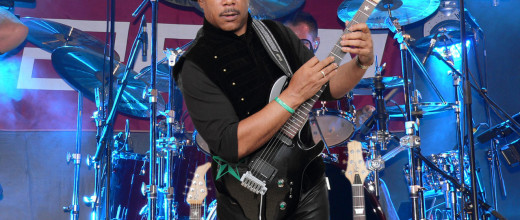
Check out Vernon- http://www.vernonneilly.com
Check out Prashant- http://prashantaswani.com
-
05May2016
- share:
European Guitar Builders You Should Know- 500 Words with Adam P Hunt

500 Words European Guitar Builders You Should Know
We’re kind of spoiled in the US. What I mean by that is we have a lot of great guitars to choose from. We have Gibson, Fender, Guild, C.F. Martin, etc., etc., etc. It can be argued there are almost too many guitars!
What if, however, you live in Europe or the UK? Welcome to the world of European guitars. While there isn’t enough room to talk about every company I have narrowed things down to a few notables.
Framus; Started in Germany in 1946 and originally started as a violin manufacture but as rock ‘n’ roll became more popular they started making guitars. Today they are a division of Warwick GmbH & Co Music Equipment KG that also makes Warwick basses. Notable users have been Paul McCartney, Willi Stich (a.k.a. Bill Lawrence), Jan Akkerman, Earl Slick and Devin Townsend. http://www.warwick.de/en/Home.html
Eko; If Framus were the upper tear guitars Eko were decidedly more pedestrian. Perhaps more famous for being cheap and funky rather than “good” Eko guitars started in Italy in 1956 was more than happy to cash in on the rock ‘n’ roll craze. Eko were notable for making the teardrop Vox Phantom and Mark III guitars. Eko is still around but gone are the sparkly metaflake guitars of the past but in their place are high quality acoustics and electrics with a distinctly Euro vibe. http://ekousaguitars.com
Vigier; Vigier are a relative unknown in the US market but are well respected in Europe and England. Based in France and started in 1980 Vigier are noted for their 90/10 design (90% wood, 10% carbon) and the use of stainless steel frets. Like Framus, Vigier has also have an impressive lineup of players including Geezer Bulter, Guthrie Govan, Stanley Jordan, and Gary Moore. http://www.vigierguitars.com/index.php

Hofner; You can’t talk about European guitars without mentioning Hofner. Besides making the infamous “Beatles bass” Hofner makes a wide range of stringed instruments and the Verythin 335 style electric. Starting in 1864 Hofner is still based in Germany.
http://www.hofner.com/?___store=store_en&___from_store=store_de
Burns London; I don’t know any guitar that screams “swinging London” more than Burns London. Starting in 1959 Burns London were a cheap alternative to Gibson and Fender and found a ready champion with Hank Marvin. Granted, the Burns London guitars have their own sort of funky appeal. Think of them as the Vauxhall Velox of the guitar world.
http://www.burnsguitars.com
Nik Huber; Perhaps one of the best known European guitar brands Nik Huber are known for their painstaking approach to guitar building, great sound and jewel colored finishes.
http://nikhuber-guitars.com
Fibenare; Stepping out and doing something different Fibenare not a yet another Gibson, Fender or PRS clone. Fibenare are unusual because they are based out of Budapest Hungary and have their own artistic flair. Despite their “arty” look these guitars are extremely well made and are amazingly comfortable to play. http://www.fibenare-guitars.com
Also check out:
Dusenberg: http://duesenbergusa.com
Jaydee: http://www.jaydeecustomguitars.co.uk/index.html
Italia: http://www.italiaguitars.com/intro/intro.html
Ruokangas: http://www.ruokangas.com
-
04May2016
- share:



